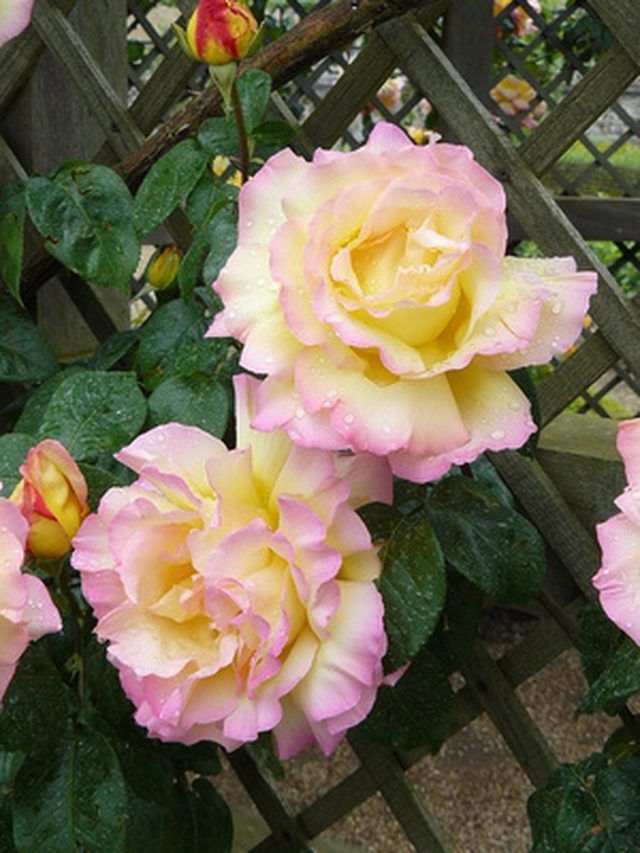Bulbs
Flower Basics
Flower Beds & Specialty Gardens
Flower Garden
Garden Furniture
Garden Gnomes
Garden Seeds
Garden Sheds
Garden Statues
Garden Tools & Supplies
Gardening Basics
Green & Organic
Groundcovers & Vines
Growing Annuals
Growing Basil
Growing Beans
Growing Berries
Growing Blueberries
Growing Cactus
Growing Corn
Growing Cotton
Growing Edibles
Growing Flowers
Growing Garlic
Growing Grapes
Growing Grass
Growing Herbs
Growing Jasmine
Growing Mint
Growing Mushrooms
Orchids
Growing Peanuts
Growing Perennials
Growing Plants
Growing Rosemary
Growing Roses
Growing Strawberries
Growing Sunflowers
Growing Thyme
Growing Tomatoes
Growing Tulips
Growing Vegetables
Herb Basics
Herb Garden
Indoor Growing
Landscaping Basics
Landscaping Patios
Landscaping Plants
Landscaping Shrubs
Landscaping Trees
Landscaping Walks & Pathways
Lawn Basics
Lawn Maintenance
Lawn Mowers
Lawn Ornaments
Lawn Planting
Lawn Tools
Outdoor Growing
Overall Landscape Planning
Pests, Weeds & Problems
Plant Basics
Rock Garden
Rose Garden
Shrubs
Soil
Specialty Gardens
Trees
Vegetable Garden
Yard Maintenance
How to Deadhead Climbing Roses
How to Deadhead Climbing Roses. Climbing roses are trained to trellises or espaliers to provide a cascade of blooms and foliage along these structures. While they must be tied and trained, as the rose canes are not technically vines, the effect is similar to that of other decorative vines. Once the climbing roses are done blooming, deadheading...

Climbing roses are trained to trellises or espaliers to provide a cascade of blooms and foliage along these structures. While they must be tied and trained, as the rose canes are not technically vines, the effect is similar to that of other decorative vines. Once the climbing roses are done blooming, deadheading keeps them looking attractive and encourages further blooming. Deadheading is the removal of old blossoms, which prevents the climbing rose from setting seed and completing the blooming cycle.
Things You'll Need
Shears
Stepladder
Check the rose canes once per week while they are actively blooming for wilting flowers. Remove those that have begun to wither or where the petals have already begun shriveling and falling off.
Cut off the stem that the wilted flower is attached to ? inch above the nearest leaves. Cut the stem at a 45 degree angle using a clean pair of shears. New flower buds are produced from the foliage.
Work from the bottom up as you deadhead, so that you do not miss any of the spent flowers. Use a stepladder to reach the roses near the top of the climbing rose.
Remove all the spent blossoms from the area and dispose of them or add them to the compost pile. Leaving the spent blossoms on the soil around the climbing rose can provide a home for insects or disease organisms that may then infect the roses.
Tips & Warnings
When trimming more than one climbing rose plant sterilize your shears to prevent the spread of disease. Rinse them in a solution of one part bleach to nine parts water.
If your climbing rose is too tall to reach with a stepladder and you use a regular ladder, have someone nearby to support it for you. It is dangerous to use a ladder on your own.